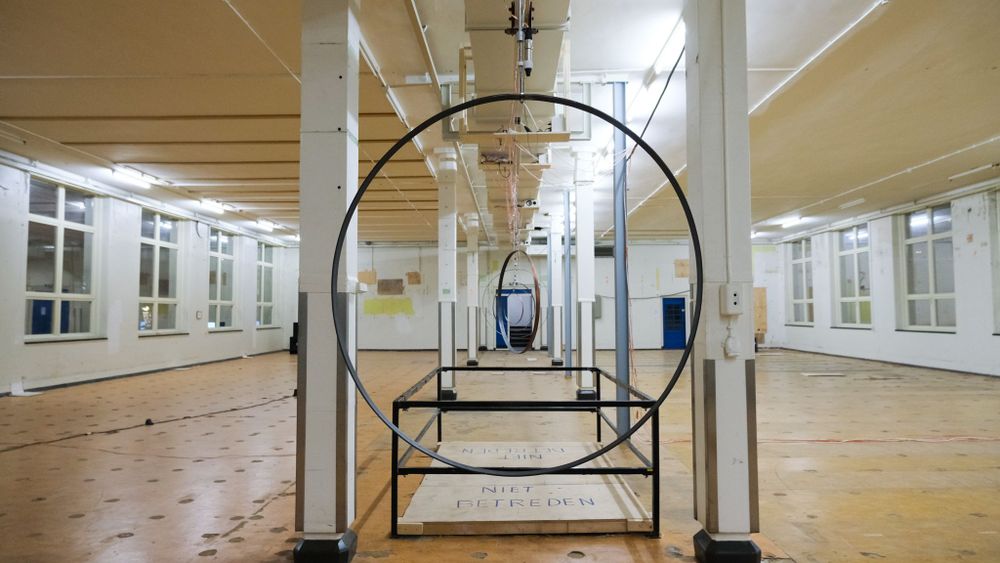Architecture of Goodbye: an Ode to Posterity
19 — 28.11.2021
With works by Elena Giolo, Á. Birna Björnsdóttir, Rosa Stil, Ossip Blits and Andreas Tegnander, Emiel Zeno, and Sophie Wright.
Curated by Jean-Michel Mabruki Mussa

1 / 17
“Music is liquid architecture; Architecture is frozen music” — Johann Wolfgang von Goethe A final adieu. Architecture gives three-dimensional form and a clear visual identity to our collective history. Buildings act as a palimpsest for the social, political, economical and even philosophical sentiments we used to adhere to as a society. Century after century we keep intervening in nature: we pass on the things we experienced through our material and immaterial structures. Part of this never-ending process is the removal and destruction of previous structures to make way for new ones. Kamerlingh Onneslaan 1 was originally constructed in 1923 as a telephone exchange by architect Albert Boeken in the Amsterdam School style, characteristic of the time. In the 1960s a second entrance was built – now the main entrance – with a façade by sculptor Hildo Krop. Once the building lost its use as a telephone exchange, it ceased to be used altogether. Three years later, after a period of dilapidation, it was put to its final use: a space for artists to work and play – the second home of Laurel Project Space. Only the exterior of the building is protected as a monument; not the interior details. All these extraordinary spaces; the priceless tiles, doorway frames, and the original spirit of the place will soon be no more. This astonishing loss deserves commemoration. The exhibition Architecture of Goodbye: an Ode to Posterity is a reaction to the imminent revamp of the Kamerlingh Onneslaan 1. When we talk about the loss of cultural identity through the destruction of monuments, we often focus only on their exterior. Fearing the loss of the visual memories which mean so much to us, we often disregard another vital sense: that of sound. Architect and modernist Le Corbusier collaborated with composer Edgar Varèse on the Philips Pavilion in 1958 – asking him to create a musical score entitled Poème Électronique in an attempt to create a “poem in a bottle”. Utilising the Pavilion’s unique architecture and synchronising the musical piece to a film, Varèse created the first sound installation of its kind. Inspired by the Poème Électronique, this exhibition ventures into a dialogue with Kamerlingh Onneslaan 1’s remarkable space and its sonic and architectural properties. As an act of farewell, the exhibiting artists explore different ways to uncover sounds, their relationship to space and the often profound influence they have on visitors. Sculpture, sound, theatre and film harmonize, culminating in a poetic farewell.


